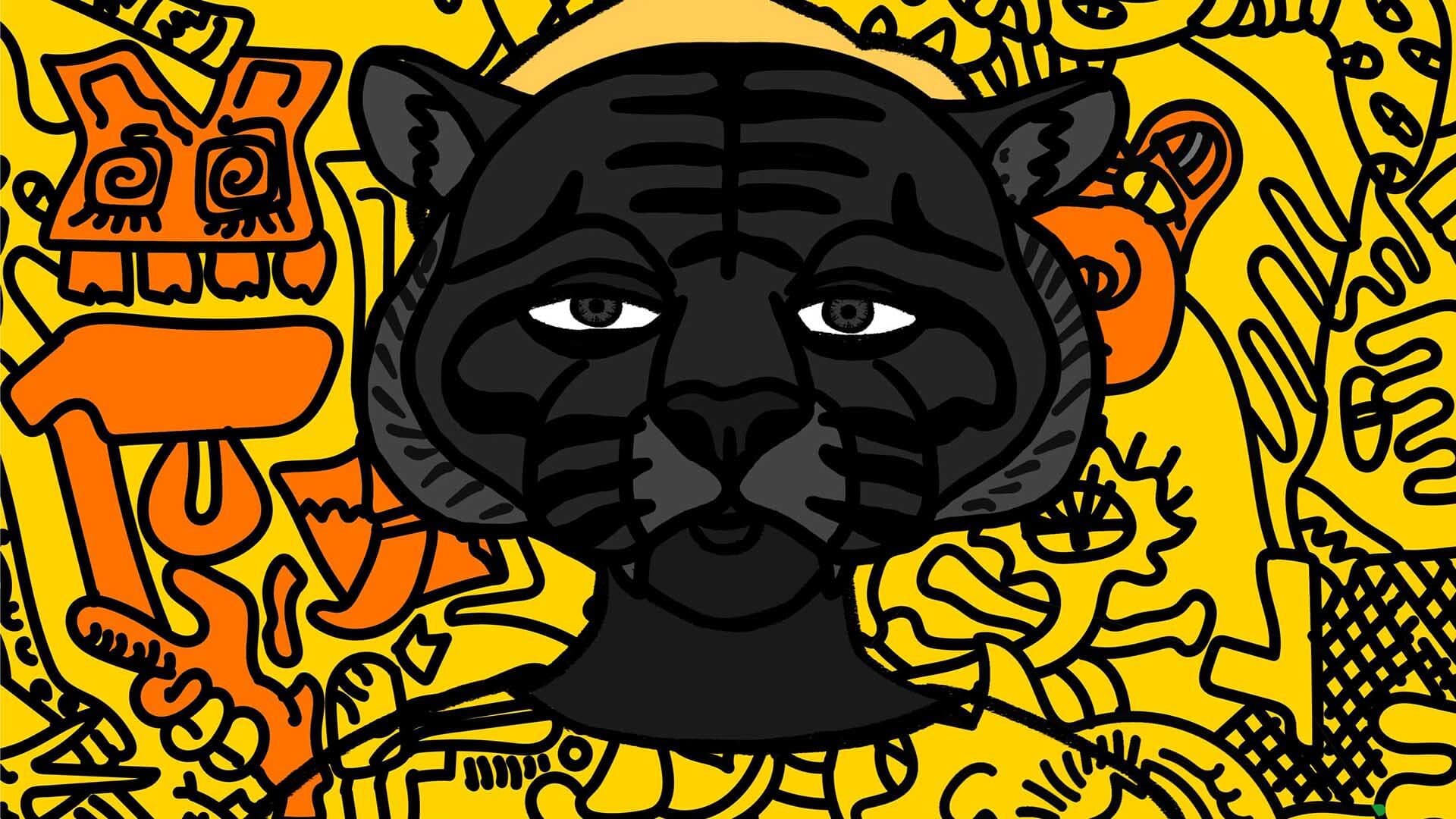Why NFTs are Important for Financial Advisors
Non-Fungible Tokens, NFTs for short, have been on a tear lately. Digital art has recently sold for seven figures and Christie’s is auctioning work by the digital artist Beeple from February 25 to March 11. At the same time, collectibles from […]

Harry Hashmask Source: Shutterstock
key takeaways
- NFT art is creating a great example of the verifiable scarcity that bitcoin has been preaching
- Advisors would be wise to look at growth trend as more than a short-term speculative bubble
Non-Fungible Tokens, NFTs for short, have been on a tear lately. Digital art has recently sold for seven figures and Christie’s is auctioning work by the digital artist Beeple from February 25 to March 11.
At the same time, collectibles from NBA Top Shot have skyrocketed in value, while the platform has seen record engagement and revenue. Music creators 3Lau and RAC are contributing with NFT music. Last week, 3Lau netted over $11.7 million as part of a sale of 33 unique items, which included a collection of limited edition NFTs that sold for $3.6 million.
The NFT boom
So many articles and videos have explained how NFTs work, and why they have value but that is not my focus here. My goal is to explain why I feel the current NFT boom is important for financial advisors and the wealth management industry.
Surely, many, if not most, in financial services dismiss this growth as a bubble, a fad and something that will certainly pop or deflate soon, leaving thousands and millions of dollars lost.
There is a decent chance that the current parabolic rise cools off, but the interest has brought so much interest, and the requisite funding and infrastructure. This is an idea and an investment area that isn’t going away.
While the idea of digital assets, like bitcoin and ethereum, is a little esoteric, and many investors and advisors have a difficult time understanding and explaining them, NFT art and collectibles are relatively easy to understand.
Verifiable scarcity
Having its technological roots in blockchain and DeFi, NFT art is creating a great example of the verifiable scarcity that bitcoin has been preaching.
Investors get it. There is one, or only a few of these pieces or collectibles — and I definitely own one. The scarcity not only aids in the understanding and adoption of crypto and digital assets overall, but investors are also learning how the scarcity is verified and limited, aiding in the adoption of DeFi.
At the same time, the NFT market has a low barrier of entry and is attracting a new set of investors.
For example, the data has already shown that millenial and Gen X investors are interested in alternative investments like art, real estate and crypto. However, when they have tried to invest in real estate, private equity, or hedge funds, they have been shut out due to accreditation needs or illiquidity.
These younger generations of investors are tired of being talked down to when it comes to investments. NFTs allow them to easily choose a place to allocate some of their funds, in an area where they have as much, or more understanding than their advisors.
Now, they can invest in NFT art and collectibles, participate in the conversations, understand and drive the market. They don’t have to be accredited and there almost always exists a secondary market.
The financial advisor connection
As an advisor, it would be best to understand this market. In the past, if a client had an investment in art or baseball cards, valuation of the asset was a struggle. In addition, the ability to quickly and easily liquidate investments meant these rarely made it into a financial plan.
The advisor and client couldn’t always include the collection in discussions of cash flow needs, emergency funds, etc. Now, with on-chain valuation and 24/7 NFT markets, advisors will have to account for the NFT collections when determining where they might need to go for cash needs.
For example, if a client needs funds for a car, home repair or college and the rest of the portfolio is down, there is merit in looking to appreciated NFTs for cash.
Going beyond art and collectibles
NFTs are going to go far beyond simply art and collectibles. They will represent real estate, music and movie royalties, cash flows and private investments. Investors who are looking for even more non-correlated assets can more easily add any NFT-based investment to a portfolio.
In addition, since the value is verifiable, advisors may more easily be able to include the value in AUM calculations.
The DeFi nature of NFTs also makes them available as collateral for borrowing. This frees up more cash flow options for investors, which advisors will need to understand as most investments do not provide a readily accessible borrowing option.
Again, when looking for cash flow, borrowing against NFTs — art, collectibles, real estate or income streams — provides another avenue. It also potentially changes the risk profile of NFTs and alternatives as there is a chance to derive cash from the investment.
While most in the financial services industry have been slow and reluctant to adopt and recommend digital assets, the market has shown that investors are interested in NFT art and collectibles. As a result, advisors would be wise to look at this growth trend as much more than just a short-term speculative bubble, but more as a sign of a new asset class to learn and understand.





